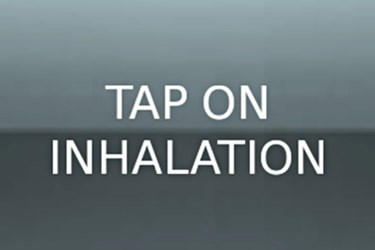Smartphone App Improves Respiratory Rate Measurement In Children
By Joel Lindsey

Researchers at the Child & Family Research Institute (CFRI) at British Columbia Children’s Hospital and the University of British Columbia (UBC) have created a new smartphone app that they say could allow for faster, more accurate measurements of respiratory rates in children.
While measuring respiratory rates is a seemingly simple application, researchers believe that this new technology is significant for providing more accurate and timely diagnoses of pneumonia and other respiratory illnesses in children.
“Mobile phones are changing how we administer health care, especially in rural settings and developing countries where access to medical devices is limited,” Walter Karlen, a researcher involved with the project, said in a press release published recently on CFRI’s website. “With this app, we can give health care workers with few resources faster and more accurate measurements, help them make better decisions, and give them more time with their patients.”
To use the app, which is called RRate, healthcare providers tap the smartphone’s touch screen every time a child inhales. At the same time, the app displays a graphic of a breathing baby, which could serve as a real-time comparison to help monitor the breathing patient.
The app then uses a specialized algorithm to quickly process the rate of screen taps in order to calculate the child’s respiratory rate. According to researchers involved with the project, RRate can currently compute respiratory rates in an average of 9.9 seconds, significantly faster than the more traditional technique, which requires healthcare workers to count a patient’s breaths over a 60 second period.
“We are leveraging the phone’s capabilities of computing, touch screen, and vibrational feedback to measure respiratory rate faster and with more confidence,” said Karlen.
The app’s algorithm was generated after researchers gathered data from 30 test subjects who all used a prototype version of the app while watching video images of children breathing at different rates, according to the press release. After compiling and analyzing the data generated by this study, researchers were able to devise an algorithm capable of rapid and accurate respiratory rate calculations.
Details regarding the new app, as well as results from initial tests, have been published in the journal PLOS One.
The app has already been made available on both Google Play and the Apple App Store, and a free non-study version has also been made available online.
In the future, researchers plan on attempting to link RRate with the smartphone oximeter developed earlier this year by a team of UBC scientists in order to create a smartphone device capable of measuring both respiratory rates and blood oxygen levels.
Image Credit: PLOS One
